Walking into the National Archaeological Museum in Athens, I felt like history was suddenly alive and buzzing around me. Room after room bursts with artifacts that are over 5,000 years old—honestly, I lost all sense of time. This museum is the biggest in Greece and, in my opinion, one of the best places anywhere to get close to ancient treasures.
With every turn, something jaw-dropping pops up—golden masks, massive statues, mysterious pottery. All of them tell stories from a world before ours. I wandered for hours, totally wrapped up in it all.
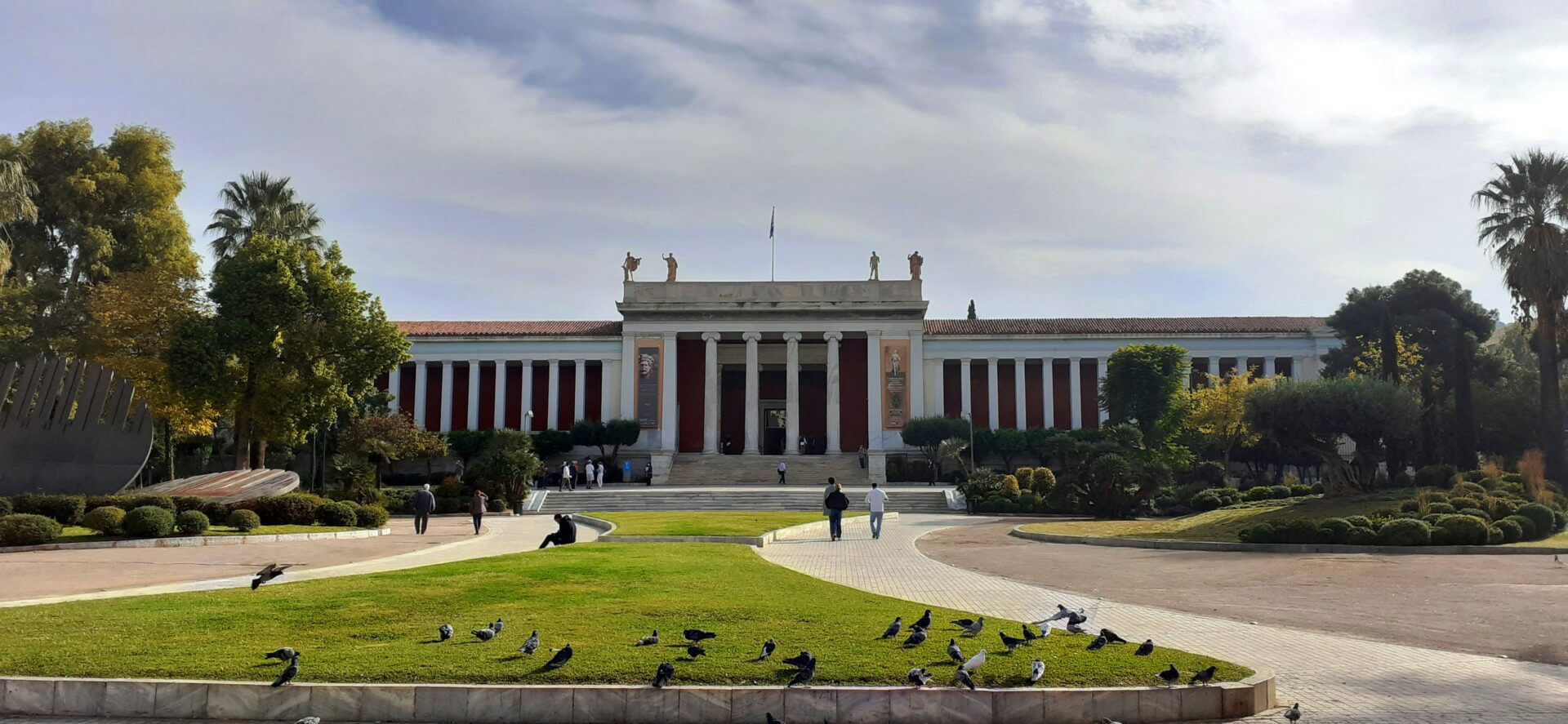
If you’re even a little bit into history or art—or just want to see one of Athens’ most impressive collections—this place is a must-visit. It’s ridiculously easy to get lost, but honestly, that’s half the fun.
First Impressions: Arrival at the National Archaeological Museum
Stepping into Athens’ National Archaeological Museum hit me with excitement and a kind of wonder I rarely feel elsewhere. The details—from the lively neighborhood to the museum’s grand exterior—hinted at a day packed with discovery, right in the heart of Greece’s capital.
Location and Getting There
You’ll find the museum in the energetic Exarchia district, smack in central Athens. It stands right on Patission Street, just over a kilometer north of Omonia Square, which is always buzzing. Getting there was a breeze for me. I took the metro; Omonia and Victoria stations are both about a 10-minute walk away. Buses and trolleys also stop right outside, so public transport is a no-brainer.
If you’re not up for public transit, taxis and rideshares are everywhere. I actually walked from my hotel and enjoyed soaking up the city’s vibe along the way. Passing by little shops, cafés, and the hum of city life got me in the mood for exploring. Exarchia’s street art and bookshops give the area a cool energy—even before you step into the museum.
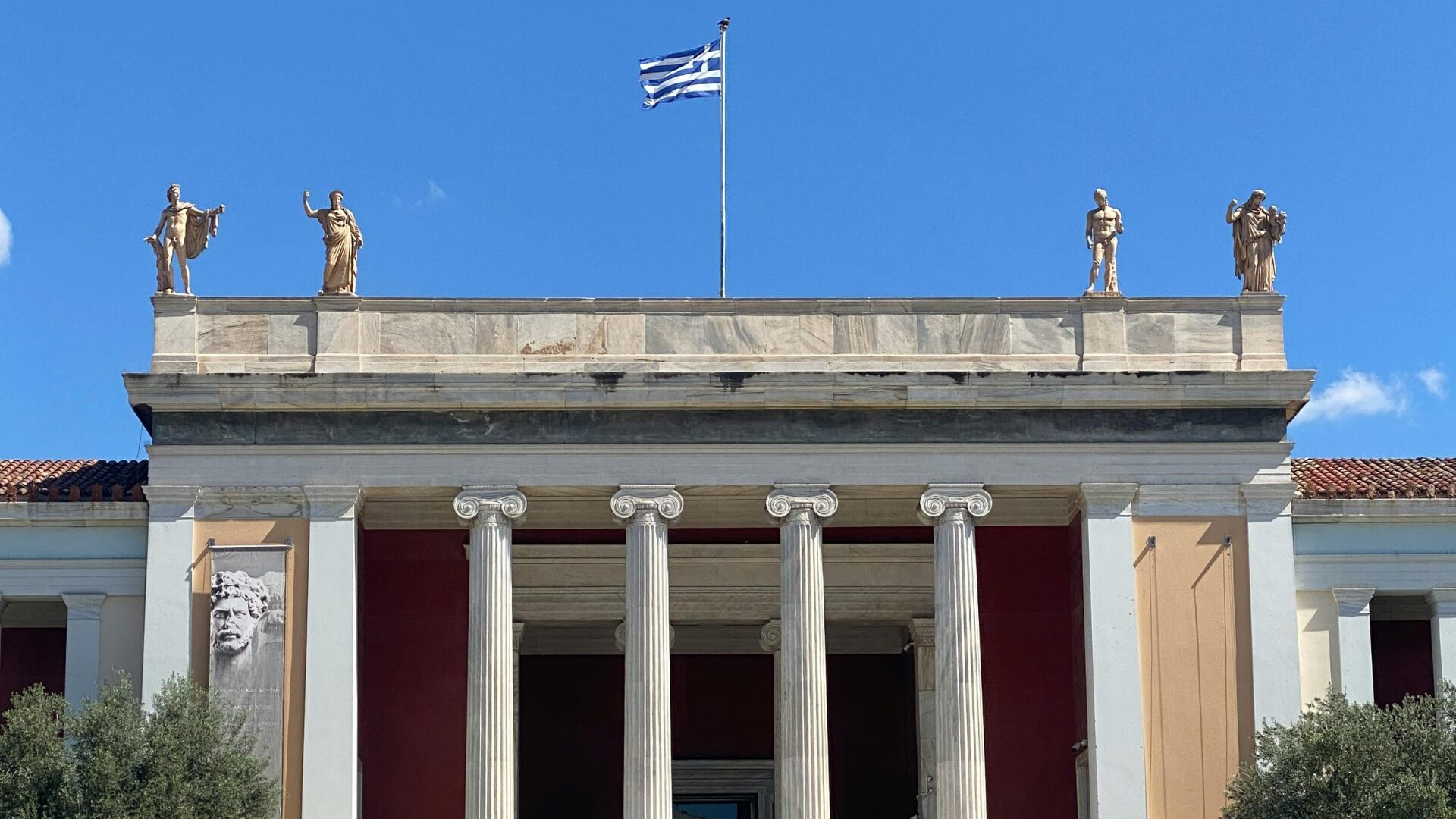
Here’s a quick list for getting there:
- Metro: Omonia or Victoria Stations
- Buses/Trolleys: Stop right in front
- Taxis/Rideshares: Always available
- On foot: Central, walkable location
The Museum’s Iconic Architecture
When I arrived, the museum’s neoclassical facade really blew me away. It isn’t just huge—it’s genuinely grand. Tall columns, carved details, and those wide marble steps make it feel important, which matches the treasures inside. The place opened in the late 1800s, so it feels both old and kind of timeless.
The building sits back from the street, with a garden and courtyard out front that instantly slows everything down. I paused to take in the high ceilings and the dramatic entrance. The symmetry and crisp lines scream Greek design. Even before I walked in, I could feel the weight of centuries of history waiting for me.
If you love architecture or just want some good photos, the exterior is worth a stop. Bright sunlight, blue sky, and those classic columns make it a photographer’s dream—even if you’re just snapping with your phone.
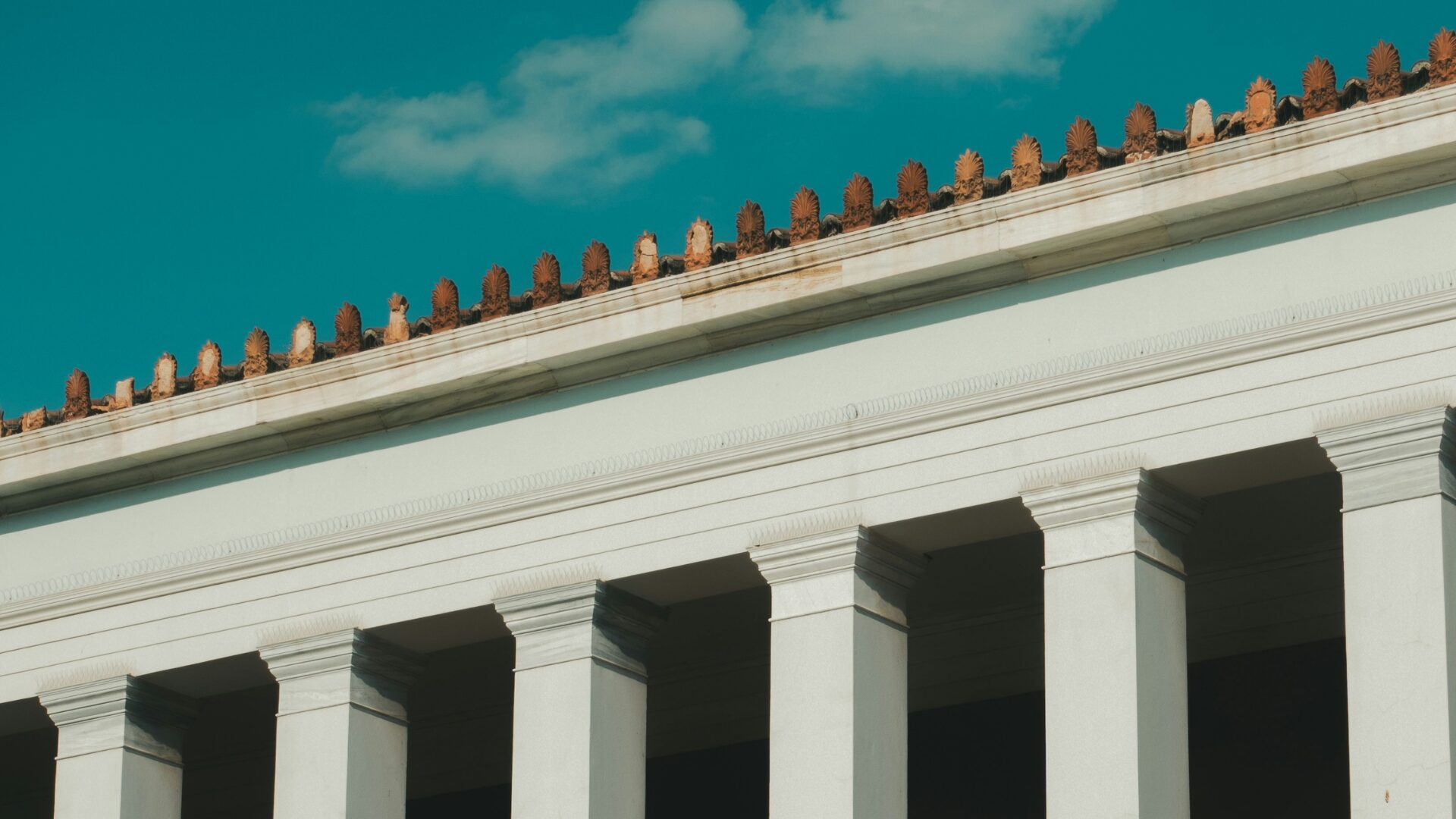
Atmosphere and Welcoming Sights
Inside, I got hit with a cool hush and smooth marble floors—such a relief after the sun outside. The entrance hall feels open and airy, with high ceilings and just the right amount of natural light. The staff at the ticket desk worked quickly and spoke English, so getting in was simple, even for first-timers.
There’s a cloakroom right by the door. I dropped off my bag, which made exploring way easier. Not far in, I caught my first glimpse of ancient statues in the main gallery—a hint of what was ahead.
Small groups of visitors chatted in low voices, almost like you’d hear in a library. Guides clustered near the entrance, and a basic museum map helped me pick which galleries to hit first. Standing there, I felt that buzz of anticipation—the artifacts and stories were just waiting for me to dive in.
Exploring Ancient Greece: Must-See Exhibits
Moving through the National Archaeological Museum, I felt like I’d stepped across thousands of years of Greek history—from legendary warriors to scientific wonders and the first Olympic Games. Every room had something wild to see, from gold burial masks to mind-blowing ancient machines.
Treasures from the Mycenaean Collection
The Mycenaean Collection caught my eye right away. This gallery bursts with artifacts from the Mycenaean era (about 1,600–1,100 BCE). The star, of course, is the “Mask of Agamemnon”—a golden face mask that glows under the lights. They say it belonged to an ancient king, but nobody’s really sure. I stood there, totally awestruck.
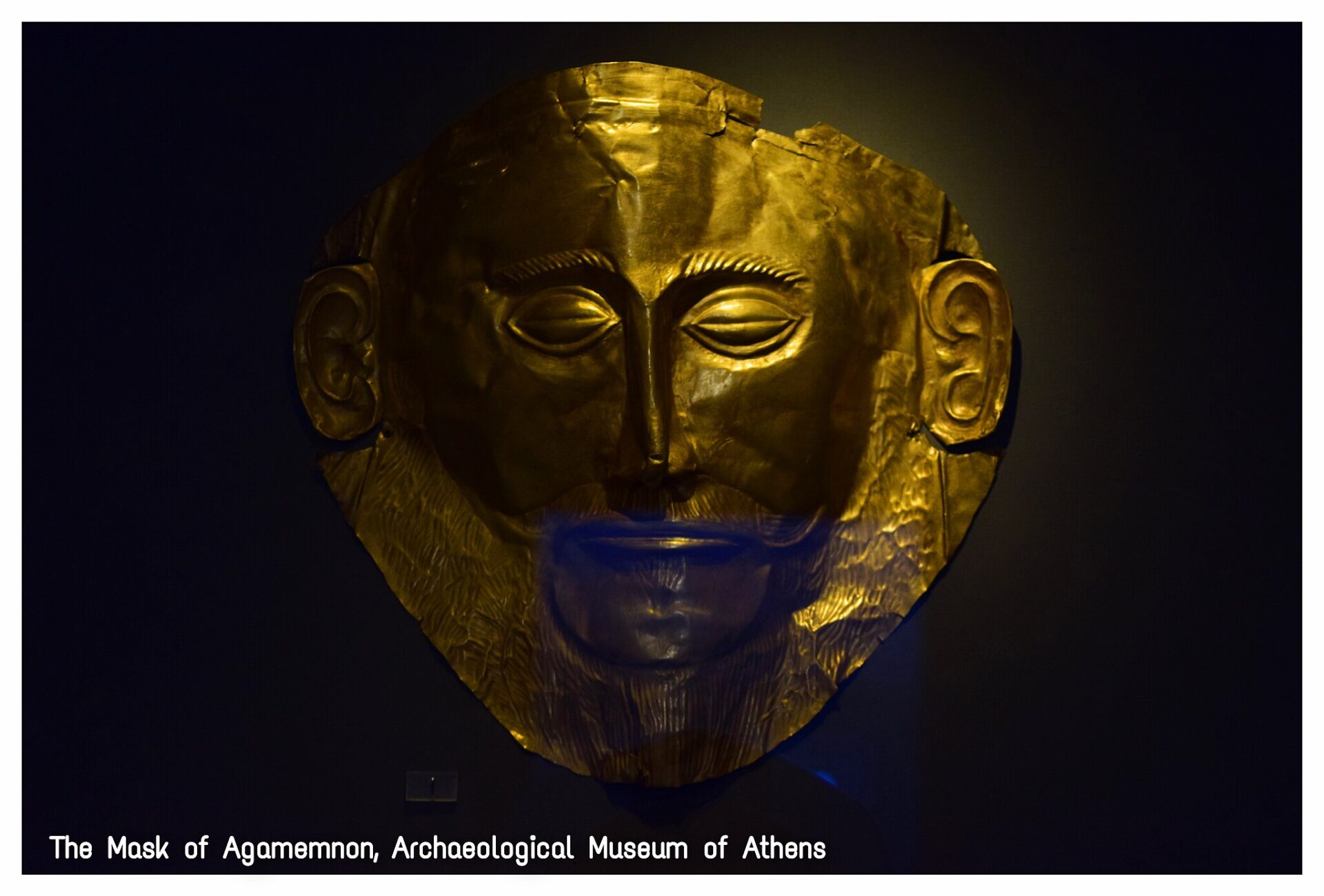
Alongside the mask, I found ornate jewelry, gold cups, and weapons. Simple descriptions next to each piece helped me picture how the Mycenaeans lived, fought, and honored their dead. I stopped at an ancient sword, its design still visible after all these centuries. The care behind these treasures says a lot about how much early Greeks respected their heroes and the afterlife.
The Remarkable Statues and Caryatids
After that, I turned a corner and came face-to-face with Greece’s famous marble statues. The museum has some of the best from both the Archaic and Classical periods. Each statue—stern warriors, elegant gods—tells you something about how ancient Greeks saw beauty and power.
One of my favorite sights? The Caryatids: sculpted women used as columns on temples like the Erechtheion. Seeing them close up, I couldn’t get over the detail in their robes and the strength in their posture. These statues are art and architecture rolled into one, and honestly, they still influence buildings today.

Mysterious Artifacts: The Antikythera Mechanism
I’d been itching to see the Antikythera Mechanism—the world’s first analog computer. Divers pulled it from a shipwreck in the Aegean Sea, and at first glance, it just looks like a chunk of corroded bronze. But those gears are wild. The museum sets it up with a replica and some detailed videos that explain how it could predict astronomical events.
Standing there, I tried to picture ancient Greek scholars using it to track the stars or maybe even schedule the Olympic Games. The fact that this kind of tech existed over 2,000 years ago? It left me with a million questions. Few things make ancient Greek genius feel this close.
A Walk Through Olympic and Aegean History
I couldn’t leave without checking out how the Greeks celebrated athletics and their ties to the land and sea. I found displays of items from the first Olympic Games—bronze javelins, discus discs, and laurel wreaths for the champions. The pride in these objects is contagious; you really feel how the Olympic spirit lives on.
Maps and models show how the Aegean Sea connected people and cultures. Trade, war, and stories all crossed those waters. Everyday stuff—pottery, tools, figurines—gave me a peek into life for fishermen and traders who relied on the sea.
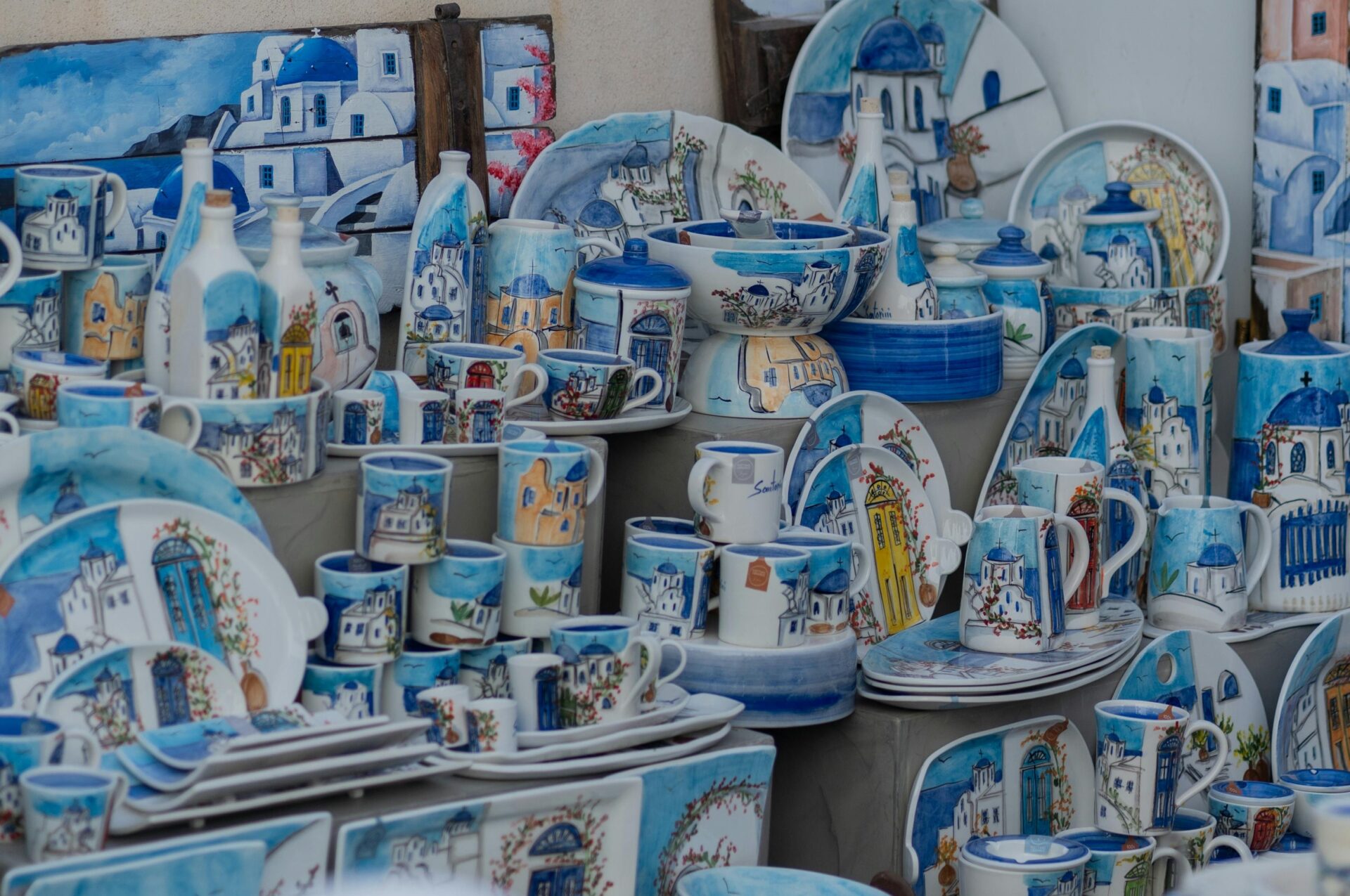
Olympic Artifacts:
- Bronze javelins and discus
- Laurel wreaths for winners
- Painted vases with athletic scenes
Aegean Life:
- Pottery with sea creatures
- Ship models and tools
- Maps showing trade routes
Walking through, I really felt how ancient Greece wove together land, sea, sport, and community—a mix that still shapes the world.
Immersive Experiences: Touring the Museum
Visiting the National Archaeological Museum in Athens is so much more than just staring at statues in glass cases. The museum offers guided tours, interactive displays, and even live music that make ancient Greek history feel alive—no matter where you’re from.
Guided Tours and Insider Stories
I joined a guided tour, and it felt like unlocking hidden doors to Greece’s past. My guide was a history teacher and a storyteller, and she made us linger by the bronze statue of Zeus and the famous Antikythera Device. I easily got swept up in the details—from statues with mysterious smiles to jewelry once worn by forgotten queens.
She shared stories behind relics I’d have walked right past on my own. Some guides spoke English, others led tours in French, German, or Spanish. The vibe wasn’t stiff or formal; it felt more like a relaxed group chat, with people gathered around marble heroes, tossing out questions and laughs.
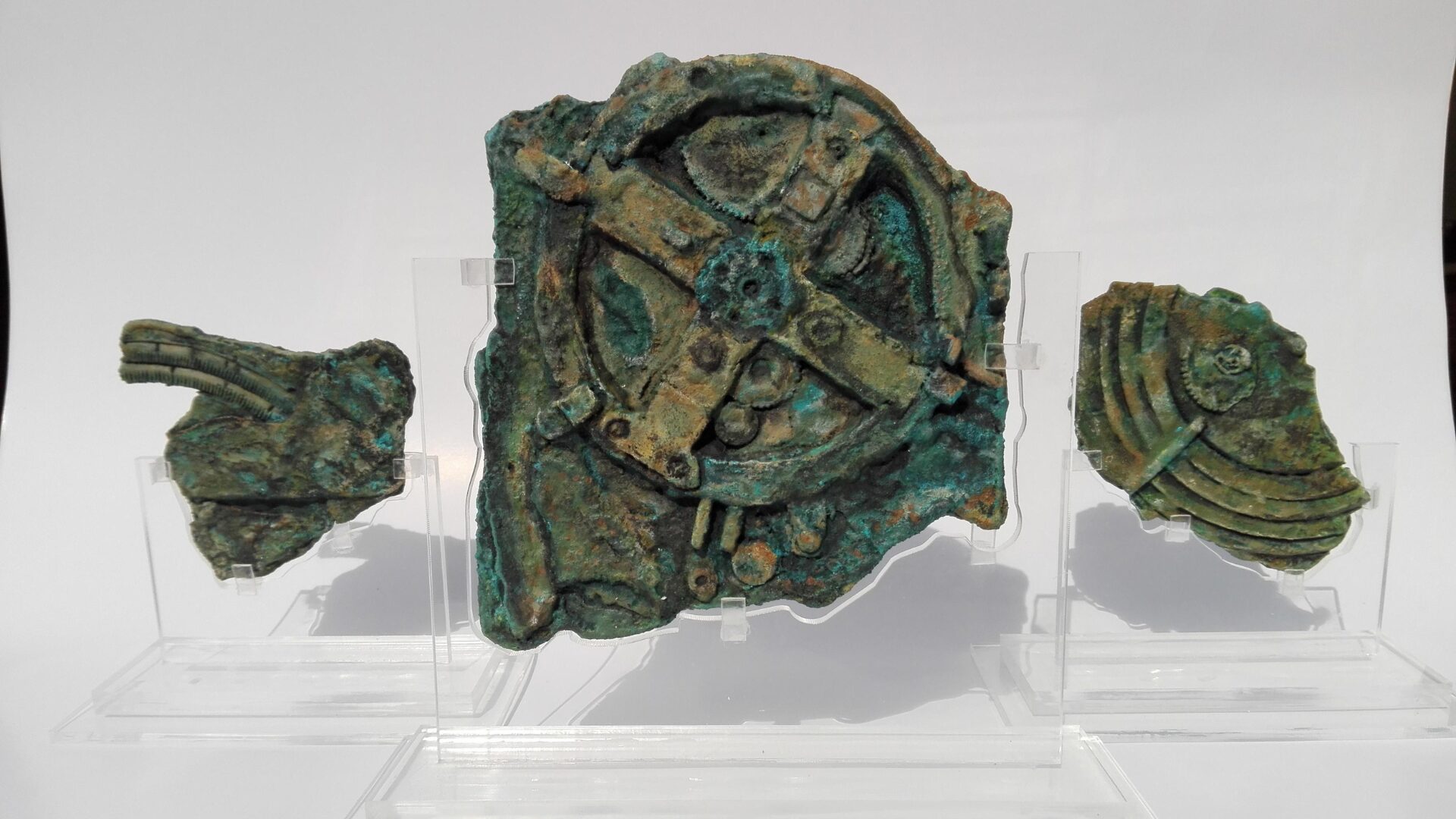
Tip: Book your tour ahead of time if you want a spot with guides who really know how to bring ancient facts to life.
Interactive Displays and Language Offerings
The museum didn’t just want me to look—it wanted me to touch, listen, and play. Digital screens let me spin statues around and see what their colors used to look like. Touch tables explained pottery-making, and videos broke down the science behind ancient inventions.
Signs are in Greek and English, but audio guides and interactive kiosks cover more: Spanish, French, even Chinese. That made it easy to dive into each artifact’s backstory. I noticed kids especially loved the hands-on stuff. Learning here never felt like homework—it was just fun.
Languages Supported:
| Spoken Tours | Audio Guides | Exhibit Labels |
|---|---|---|
| English | English | Greek |
| Greek | French | English |
| German | Spanish | |
| Spanish | Chinese (select) |
Music and Historical Narratives
I stumbled on a small group gathered in a marble hall, listening to live musicians play old instruments. Their music echoed through the galleries, giving my visit a soundtrack. Sometimes, the museum hosts concerts or “music snapshots,” tying ancient Greece’s love of music to today.
Even when there wasn’t live music, I heard recordings in some sections, setting the scene as I read myths and legends. Some guides wove music into their stories, making each era feel more alive. Those performances and soundscapes added a surprising emotional kick, turning marble and bronze into memories you could almost touch.
Music Events Calendar:
- Monthly classical performances
- Special history-music workshops for students
- Free guided tours with live music on select weekends
Beyond the Museum: Athens’ Living History
Once I stepped outside, it hit me how ancient and modern Greece mix together on Athens’ streets. Everywhere I looked, the city’s neighborhoods and traditions brought history right up to the present.
The Acropolis and Parthenon Views
You can spot the Acropolis from almost anywhere in central Athens, and it never stops feeling magical. The Parthenon sits high above the city, and in the late afternoon, the sun turns its columns gold. I couldn’t help but climb the hill, even with the heat, just to get a closer look.

From up there, Athens stretches in every direction. That’s when I got it—the Parthenon isn’t just old stone, it’s the city’s heart. If you have time, swing by the Acropolis Museum nearby. Its glass floors and open design let you see ruins right beneath your feet. It’s almost like time travel.
Quick Tips:
- Wear good shoes—the marble gets super slippery.
- Go early or late to dodge crowds and the midday heat.
A Stroll Through Syntagma, Monastiraki, and Kolonaki
After leaving the ruins, I headed back into the center of Athens. Syntagma Square buzzed with locals and tourists alike.
Cafes spilled out onto the sidewalks, and street musicians played near open plazas. People gathered all day, chatting and taking in the scene.
From there, I wandered toward Monastiraki. The flea market felt alive—old books stacked high, antiques crammed onto tables, and the tangy scent of souvlaki drifting through the air.
Walking up to Kolonaki brought a total shift in mood. This part of town has quiet, leafy streets and stylish shops.
I ducked into a café, happy to rest my feet and watch Athens locals go about their day. Walking through these three neighborhoods really shows how old and new Athens blend together, sometimes in the most unexpected ways.
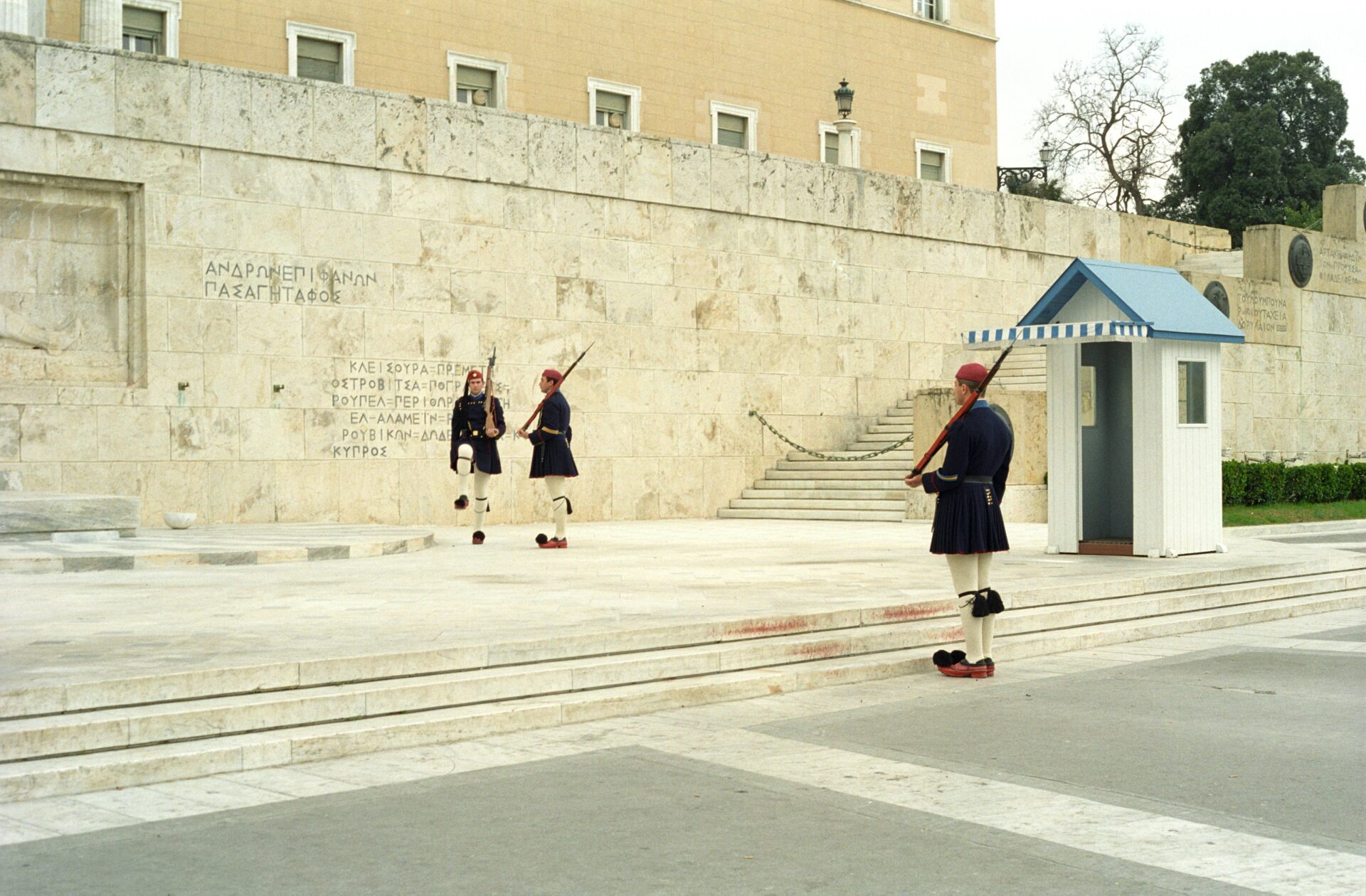
Neighborhood Highlights Table
| Area | Main Attractions |
|---|---|
| Syntagma | Central plaza, shopping, Parliament |
| Monastiraki | Flea market, street food, ancient ruins |
| Kolonaki | Upscale cafés, boutiques, art galleries |
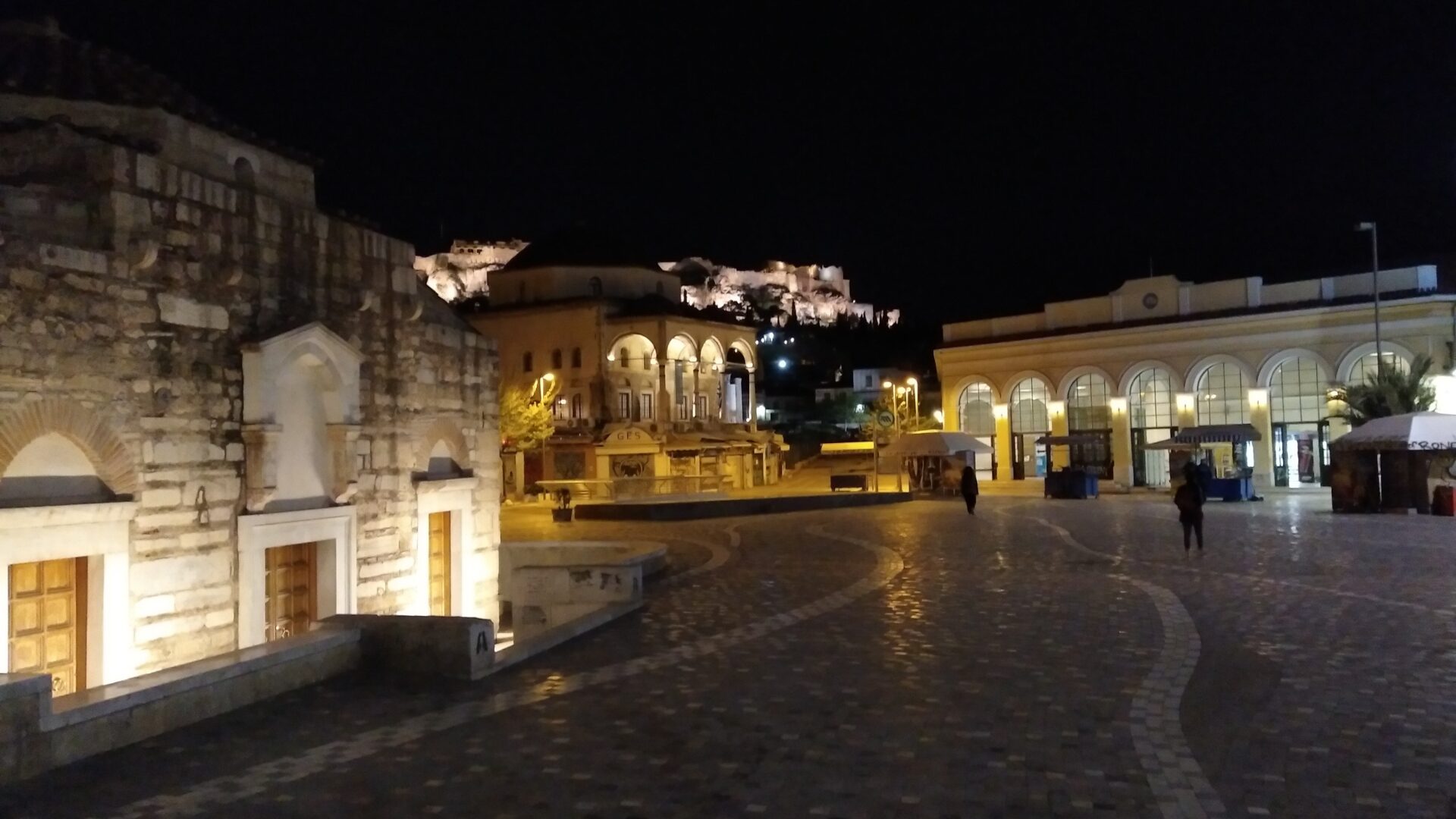
Changing of the Guard and Tomb of the Unknown Soldier
Right outside the Hellenic Parliament in Syntagma, I caught the changing of the guard. The Evzones, those traditional guards, wore their iconic uniforms—pleated skirts and pom-pom shoes.
Their slow, precise marching cut through the city’s noise. I watched them in front of the Tomb of the Unknown Soldier, a memorial that honors Greek soldiers who died in war.
The ceremony happens every hour. On Sundays at 11 a.m., the event grows bigger, with a full band and more guards.
Even with a crowd, the atmosphere stayed respectful. Watching the Evzones made me realize how much Athens honors its history—not just in museums, but right in the middle of daily life.

Travel Tips: Enjoying Modern Athens
Athens is more than ruins and museums. The city pulses with lively neighborhoods, rich flavors around every corner, and open-air markets that bring new surprises each day.
Local Eats: Taverna Fare and Ouzo
Wandering into a taverna in Athens always feels like a highlight. The casual energy—clinking glasses and bursts of laughter—makes it easy to relax after a long day.
I usually start with a plate of meze: bread, olives, grilled octopus, and tangy tzatziki. Ordering a small carafe of ouzo, that classic anise-flavored spirit, almost feels like a ritual.
Locals sip it slowly between bites, so I try to follow their lead and let the flavors linger. Here’s what I never skip:
- Grilled souvlaki skewers
- Greek salad piled with fresh feta
- Slow-cooked lamb or moussaka

Most tavernas feel welcoming and affordable—just right for travelers hoping to eat like an Athenian.
Neighborhood Walks: Psirri, Exarchia, and Beyond
After a meal, I like to walk off the moussaka by exploring neighborhoods. Psirri stands out with its street art, lively squares, and bakeries that stay open late.
By dusk, live music drifts from rooftop bars. It’s social, but never too much.
Exarchia, just a short stroll away, gives off a different vibe—edgier, creative, packed with independent bookstores and coffee shops. Murals and political graffiti make every block feel unique.
People of all ages fill the outdoor cafés, chatting or reading. If I have time, I always detour through the quieter streets east of Omonia Square.
One block might hold a new mural, another a tucked-away bar, or maybe a bakery with sticky-sweet baklava cooling in the window.
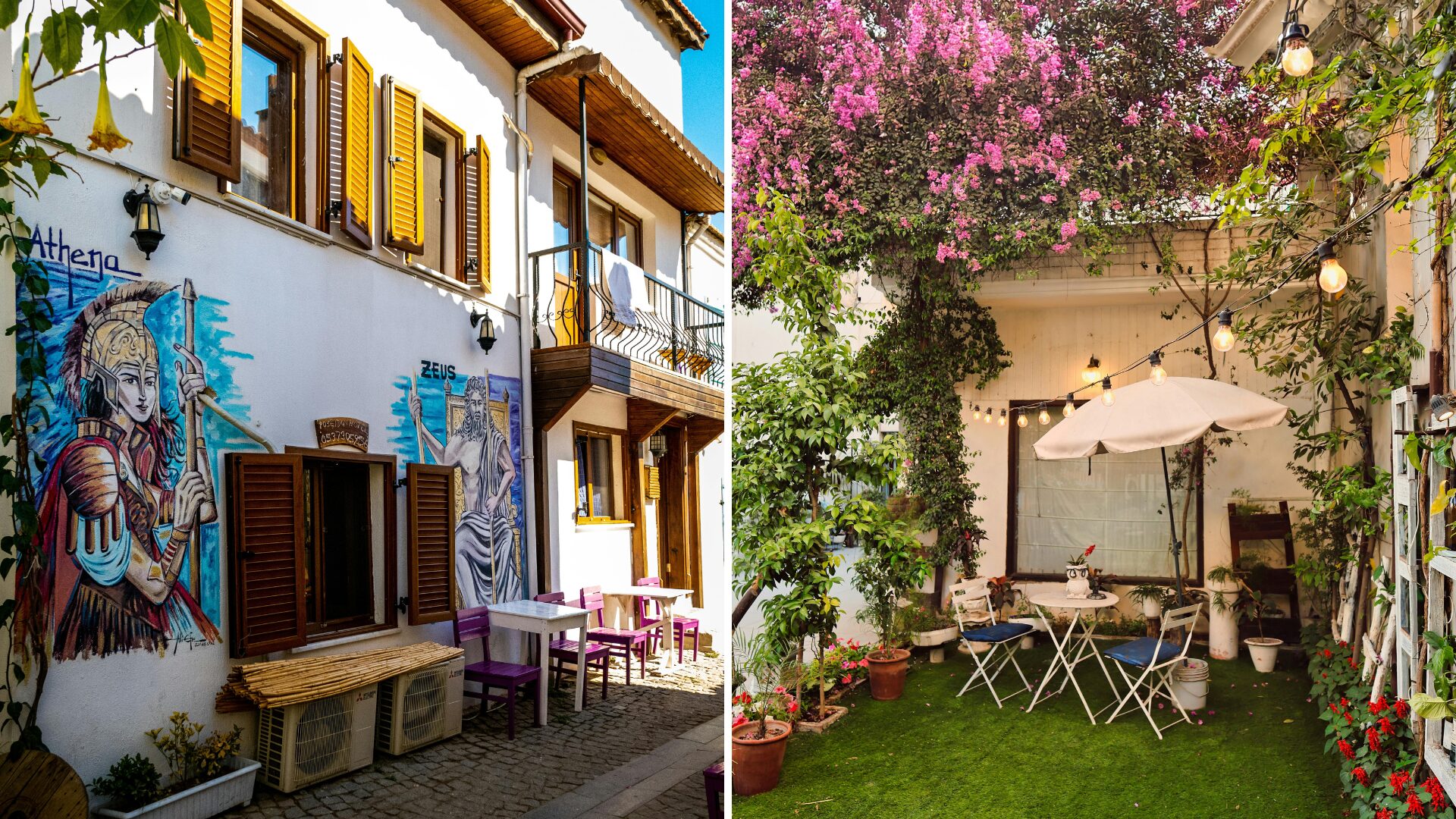
Markets, Shopping, and the Laiki Agora
Shopping in Athens isn’t just about big stores. The Monastiraki Flea Market bursts with life—I’ve found antiques, quirky jewelry, and hand-painted ceramics there.
Haggling is part of the fun. For something more local, I plan my mornings around a trip to the laiki agora (weekly farmers’ market).
Vendors call out deals on tomatoes, cherries, olives, and herbs. The air smells like fresh oranges and mint.
I like to pick up fruit and nuts for snacks as I wander. Small boutiques in central Athens—especially near Ermou Street—offer modern Greek fashion and crafts.
I never leave without a little keepsake, whether it’s handmade soap or a block of honey-scented olive oil.
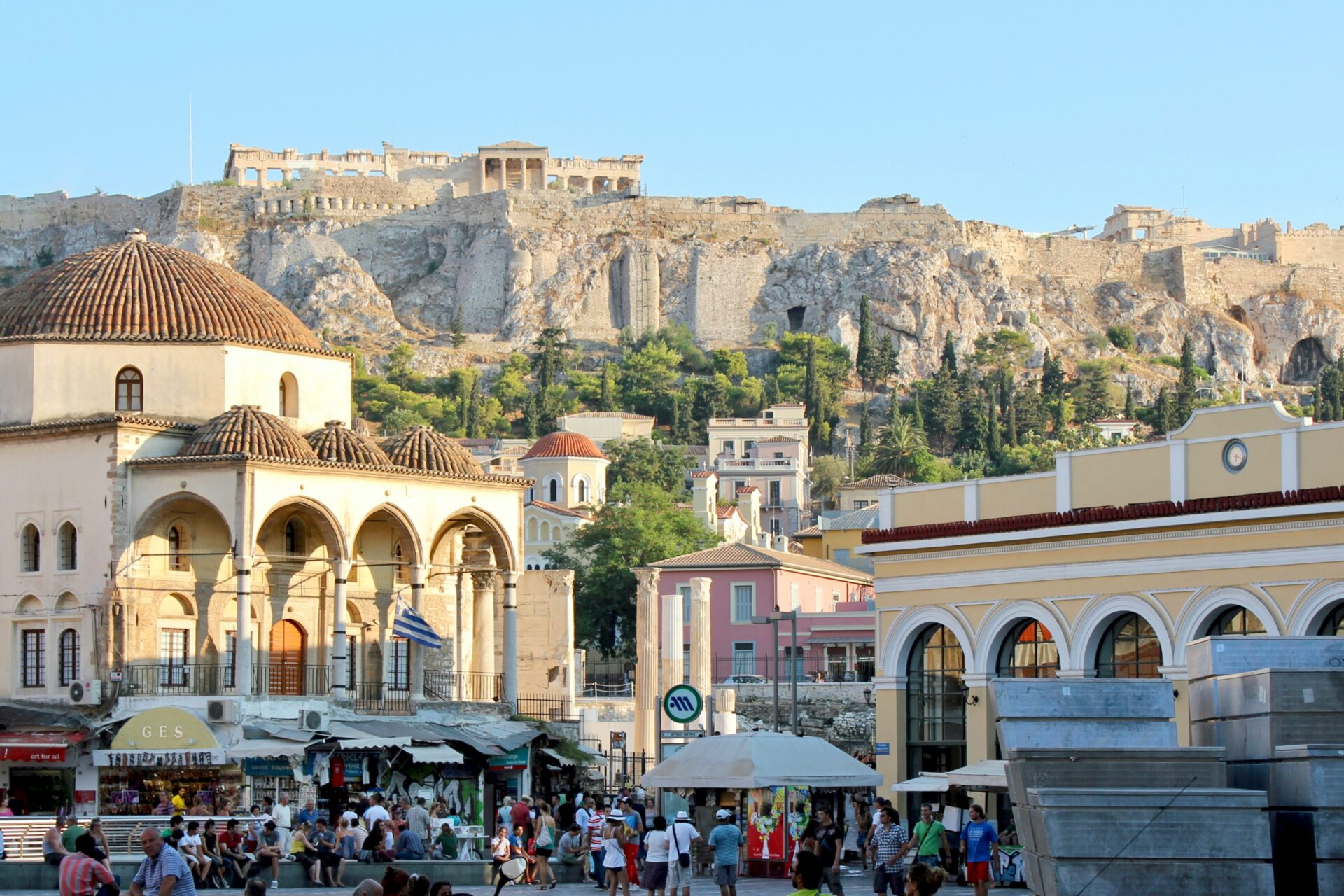
Day Trips and Nearby Highlights
Athens gives you more than just a museum fix—its history, gardens, and coastline call out for exploration. I loved stumbling on ancient ruins, green escapes, and stunning beaches all within a short trip from the city.
Temple of Zeus and Ancient Corinth
When I walked through the grand columns at the Temple of Zeus, I felt the scale of ancient Athens. The ruins sit close to the city center, with massive pillars hinting at the temple’s lost glory.
Standing there, I tried to picture crowds from centuries ago, all in awe of the gods. Afterwards, I drove out to Ancient Corinth, west of Athens.
The ancient city lays out Greek and Roman history—temples, old streets, and stories of traders and philosophers. The Acrocorinth, a steep hilltop fortress covered in wildflowers and bougainvillea even in May, serves up amazing views over the Mediterranean and countryside.
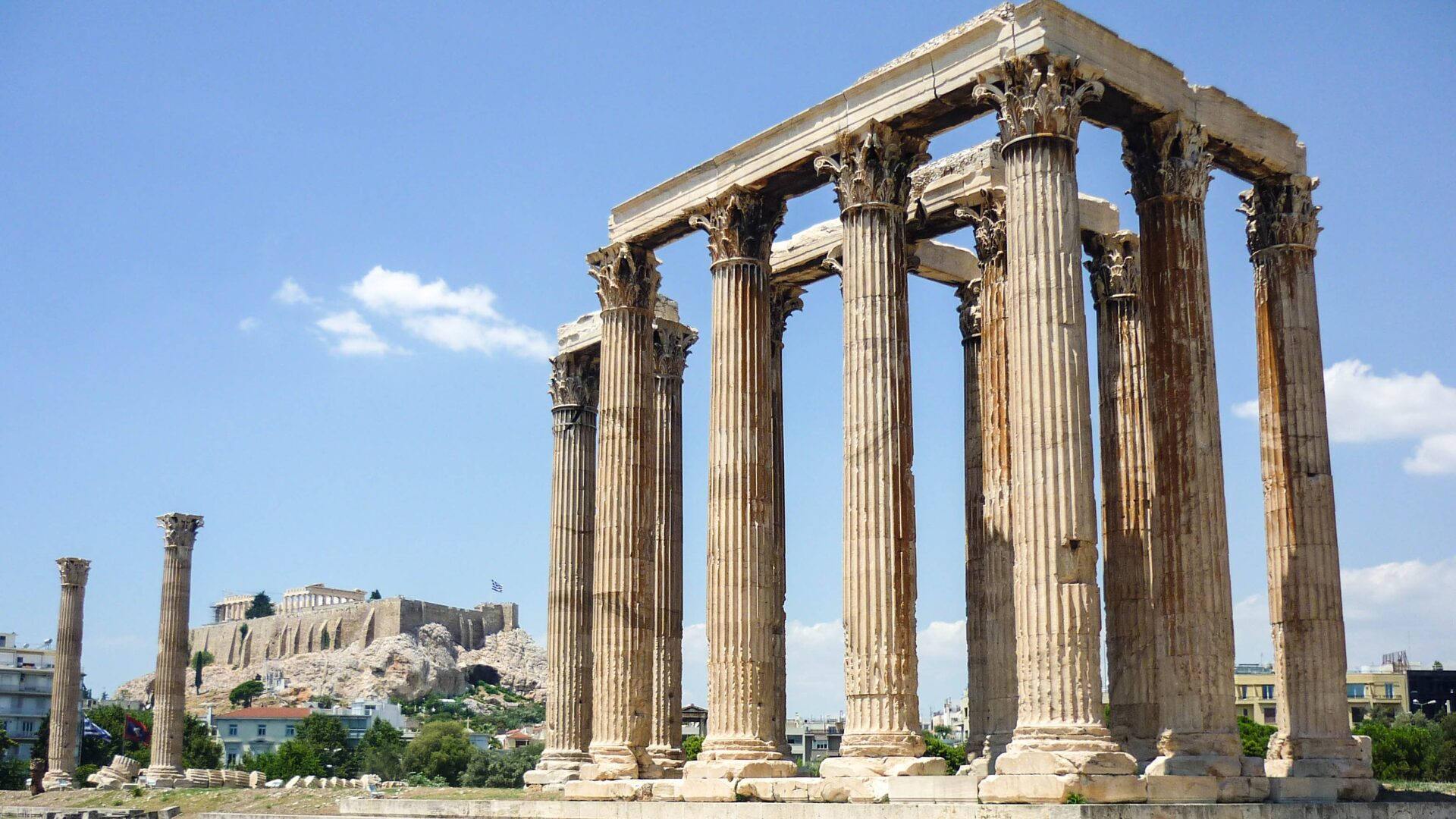
Here’s a quick breakdown:
| Distance | Time (by car) | Top Highlights |
|---|---|---|
| Temple of Zeus | 10 min (walk) | Zeus columns, Hadrian’s Arch |
| Ancient Corinth | 1 hour | Ruins, Acrocorinth fortress |
Both places left me with a sense of timelessness that Athens wears so well.
The Beauty of the National Gardens
When the city streets grew overwhelming, I slipped into the National Gardens. This peaceful park sits just a short stroll from Syntagma Square and the Parliament.
I found shady paths lined with towering trees, ponds filled with ducks, and quiet corners that felt perfect for relaxing. There were bursts of color everywhere—roses, lilies, and the magenta of bougainvillea spilling over stone walls.
As I wandered, I watched locals jogging and families picnicking in the grass. The gardens are free to enter and open all day, so I’d bring a book or snack and take a break here before diving back into the city.

Exploring the Greek Islands and Beaches
Honestly, you can’t visit Athens and skip dipping your toes in the Mediterranean’s turquoise waters. I grabbed a ferry from the port of Piraeus and set off for some nearby Greek islands.
Kos really grabbed my attention. It’s got this cool mashup of ancient ruins, palm-lined promenades, and wide sandy beaches.
If you don’t want to go far, there’s Vouliagmeni Beach pretty close to Athens. Locals flock there when the weather’s warm, and I totally get why.

The coastline south of the city is a breeze to reach—just hop in a taxi, bus, or even the tram. The salty air, sea breeze, and that wild blue water? They hit different, especially after a day wandering through old ruins.
Honestly, I’d throw sunscreen and swimwear in your bag no matter what time of year. You never know when you’ll get the urge to dive in.

